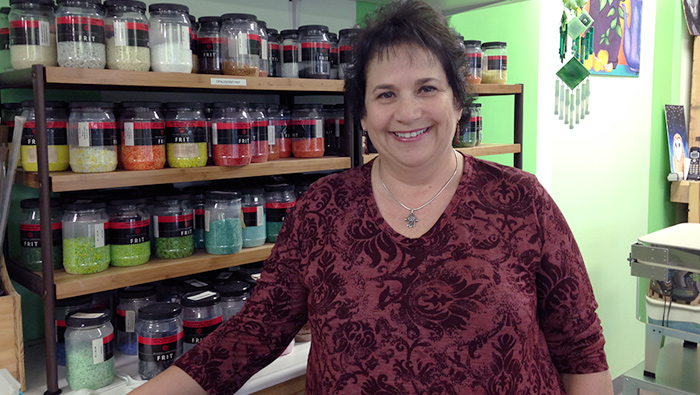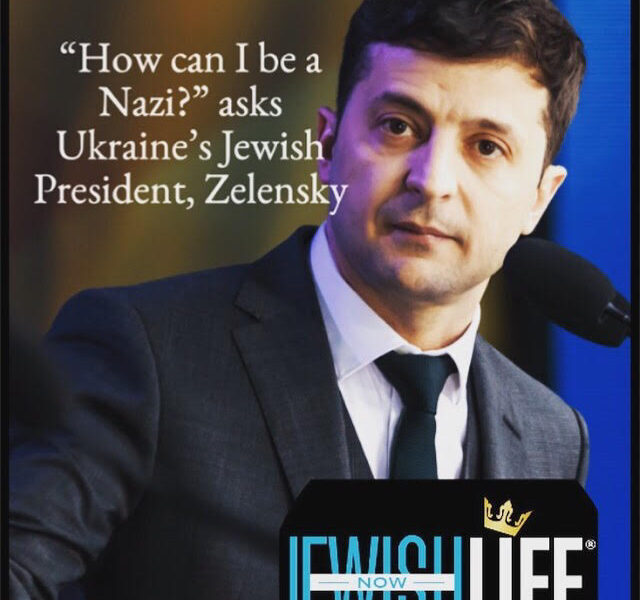Uitenhage. This small town is on the eastern side of the tip of South Africa. Its connection to Arizona is artist and teacher Barbara Kaplan Becker. She was born there and lived in South Africa for 28 years before moving to Phoenix for the best reason in the world: Love.
When visiting Phoenix for her brother’s wedding in 1982, she met her husband-to-be, Mathis Becker. Two years later, she “came to the States alone, with one suitcase, a one-way ticket and a three-month tourist visa.”
With the help of Mathis and her brother’s father-in-law, Harry Adler, Barbara obtained legal immigration status and got a teaching job. “I always told myself that if things didn’t work out in Phoenix, I would move to San Diego, where I had a first cousin.” But things worked. She and Mathis married three years later.
As a second-generation South African Jew, Barbara’s personal history is compelling. “Both my parents were born in South Africa,” she says. “Their parents came from Europe. Both my dad’s parents were from Lithuania. My mother’s father grew up in Berlin, and her mother was from England.”
Her father was born and raised in Cape Town, was very active in his shul and was often called on for minyan. He worked at a department store owned by his father and uncles until he joined the air force during World War II.
Barbara’s mother was born in the town of Oudtshoorn, which then had a large Jewish community. Her mother’s father, Barbara’s grandfather, was instrumental in funding the first synagogue and Jewish day school there. The original synagogue is now a museum.
This grandfather owned an ostrich farm and made a good living selling the ostrich feathers, which were fashionable during the early 1900s. He built a Victorian mansion named Mimosa Lodge that was known as one of the Ostrich Feather Palaces. Barbara says that four of these palaces remain today, and Mimosa Lodge is a national monument.
World War II also impacted Barbara’s mother, who served in the army. She became an officer and instructor and was stationed on Robben Island. That’s the place where Nelson Mandela was incarcerated for 27 years.
As the youngest in a large family, Barbara says her childhood in South Africa, along with her two older brothers, Roberto and Desmond, was pleasant. She remembers going on family picnics, outings to the river, and visits to tribal villages, farms and beaches. Her father was an avid photographer and enjoyed motor rallies. “We would drive to Port Elizabeth for the holidays to be with relatives. I remember spending a lot of time under the long tables set up for Pesach, playing with toys, while the adults and older children participated in the seder,” she says.
“Uitenhage was a safe place to live,” she adds. “As kids, we walked or rode our bikes everywhere without adult supervision. We had many friends in our neighborhood, and we were always outside playing, climbing trees and having adventures.”
After Barbara finished high school, she went to a teachers’ training college in Cape Town and lived there for four years after graduating. She taught hearing-impaired children for a year and then taught first grade at a Jewish day school. When she moved to Johannesburg, she taught at a Jewish day school and also attended the University of the Witwatersrand for graduate school. Her degree is in gifted and remedial education.
Barbara was eager to take her first teaching job in the U.S. upon her arrival in Arizona. “Ever since I came to Phoenix, I have been involved in Jewish education,” she says. “I taught at Valley Jewish Day School. When it closed, I worked as a kindergarten teacher at Beth El Congregation. After one year, I decided that Phoenix needed a Conservative day school. So I contacted the Solomon Schechter movement in New York, got their support and expertise, and I started the Solomon Schechter Day School in 1987, using space at Beth El. I nurtured the 15 founding students of the school and continued the growth of the school, one grade at a time, for eight years.”
Barbara has been a member of Beth El Congregation since 1987 and on the board of directors since 2010. She also served as vice president of education, vice president of personnel and is currently president of the synagogue.
She has also been involved in the Jewish Federation of Greater Phoenix. “When I first came to Phoenix, I was actively involved with the Jewish federation and participated in their Young Women’s Forum,” she says. “I was also part of a federation mentoring program for two years with other young women and their mentors.”
Barbara took a break from teaching to raise two young daughters, Stephanie, now 26, and Andrea, now 24, including involvement with Girl Scouts. Then she went back to teaching – this time, art – at the Solomon Schechter Day School and Beth El Preschool.
She considers herself a teacher first, an artist second. “Even though I create a lot of art myself, I find it more rewarding to teach people how to do it themselves,” she says.
Since 2005 she’s owned Art for Fun! Studio and Gallery. She loves teaching art to adults and children. “I teach a variety of mediums including pottery, fused glass, mosaics, watercolor and acrylic painting, painting on silk and drawing.”
Classes in fused glass are very popular. Like diamonds – created by heat and then cut – glass pieces are cut and then heat-fused together to form unique and colorful creations. Scoring and cutting the glass pieces is as important to the process as the design. After scoring, gentle pressure with pliers breaks off a perfect piece with no jagged edges. It’s a smooth and satisfying transition from raw material to finished product – as solid as it is fragile.
In 2009 Barbara was commissioned to create a fused glass mural for the lobby of Beth El Congregation. Titled “Jerusalem Wall,” it took nine months from conception to completion and won second place in an international competition. Barbara dedicated the work to her father, who became ill and passed away during production.
Reflecting on her journey from South Africa to Arizona, Barbara expresses gratitude. “I am so grateful for the wonderful opportunities I have had in America. The support and love that my family gives me, particularly my husband, has encouraged me to do the things I love to do and to accomplish my goals.”
Barbara seems completely at home here, saying that she “always had a very strong Jewish identity and being part of this community has allowed me to be who I am.”






